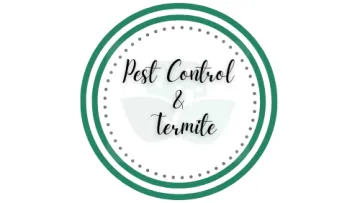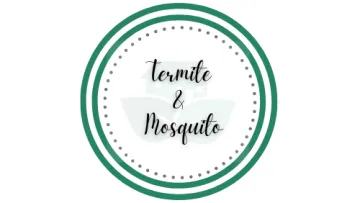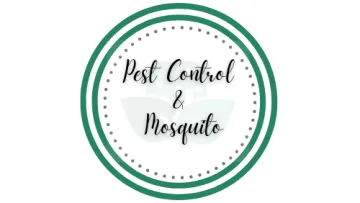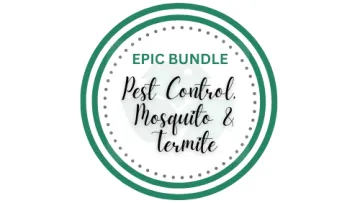Bats
Bats
Bats are vital to the ecosystem, helping to control insect populations with their extensive insectivorous diet. In the southeastern United States, species such as the Brazilian free-tailed bat and the Eastern red bat play a significant role in balancing insect numbers. However, these beneficial nocturnal mammals may occasionally seek shelter in homes or buildings, which can pose challenges for homeowners.
Good Nature Pest Control understands the need to balance environmental benefits with maintaining a safe and comfortable living space. We offer humane and effective solutions to manage bat-related issues, ensuring that their presence is handled safely and that your home remains protected. Committed to both ecological preservation and your peace of mind, Good Nature Pest Control provides expert services to address and prevent bat-related concerns in the Southeast.
Types of Bats
The Southeastern United States is home to a variety of bat species, each playing a crucial role in the region's ecological balance. Notable among them are the Brazilian free-tailed bat, known for its migratory behavior and effective insect control, and the Eastern red bat, distinguished by its reddish fur and preference for roosting in trees.
The region also hosts several insect-eating bats that thrive in its warm and humid climate, including the silver-haired bat and the big brown bat. This diverse array of bat species highlights their vital role in natural pest control and underscores the importance of responsible coexistence and conservation efforts.
Big Brown Bat
(Eptesicus Fuscus)
A widespread species, the big brown bat is adaptable and commonly inhabits urban areas, contributing to pest control.
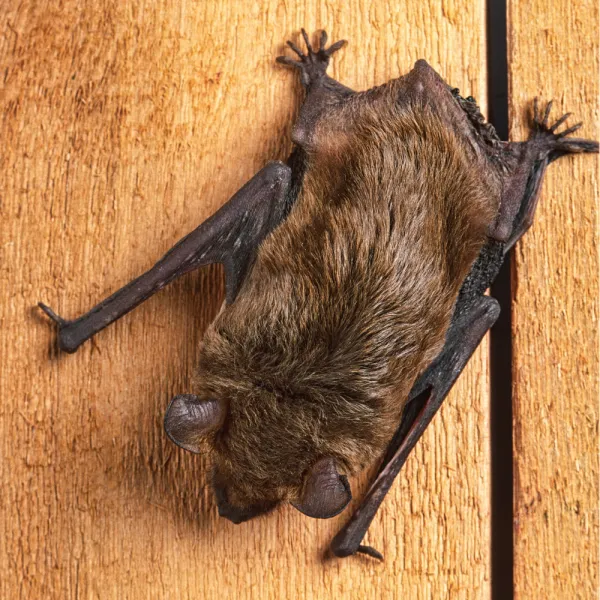
Brazilian Free-Tailed Bat
(Tadarida Brasiliensis)
Known for its distinctive free-tailed appearance and impressive aerial acrobatics, this migratory bat is common in the Southeast.
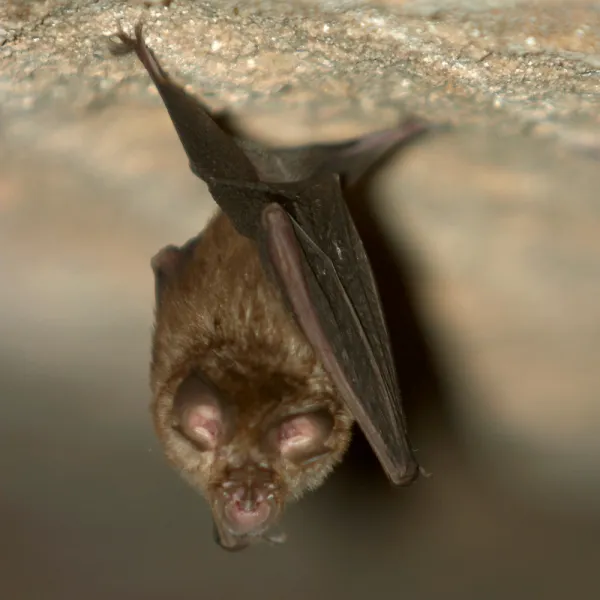
Eastern Red Bat
(Lasiurus Borealis)
Recognized by its striking red fur, the Eastern red bat is often found roosting in trees and is adapted to the region's diverse landscapes.
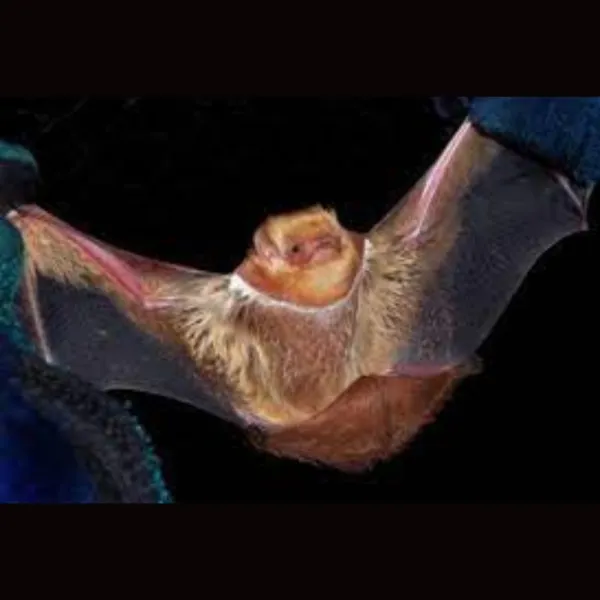
Northern Yellow Bat
(Lasiurus Intermedius)
With its yellowish fur, this bat species is known for roosting in trees and is found in the Southeastern United States.
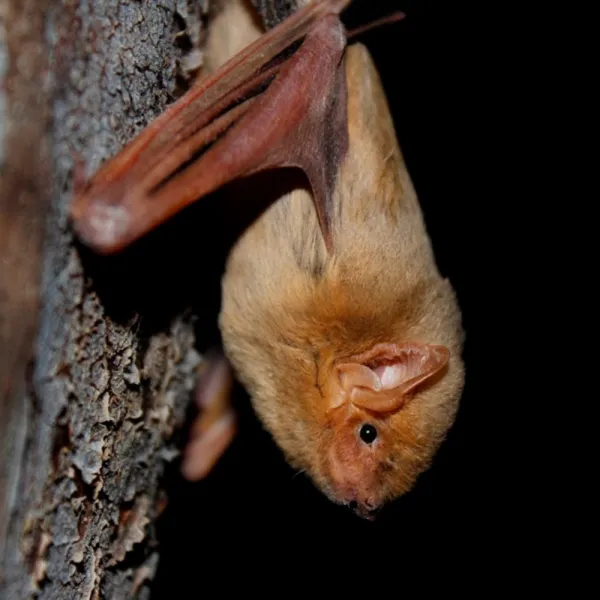
Rafinesque's Big-Eared Bat
(Corynorhinus Rafinesquii)
Named for its distinctive large ears, this bat species is found in wooded areas and caves throughout the Southeast.
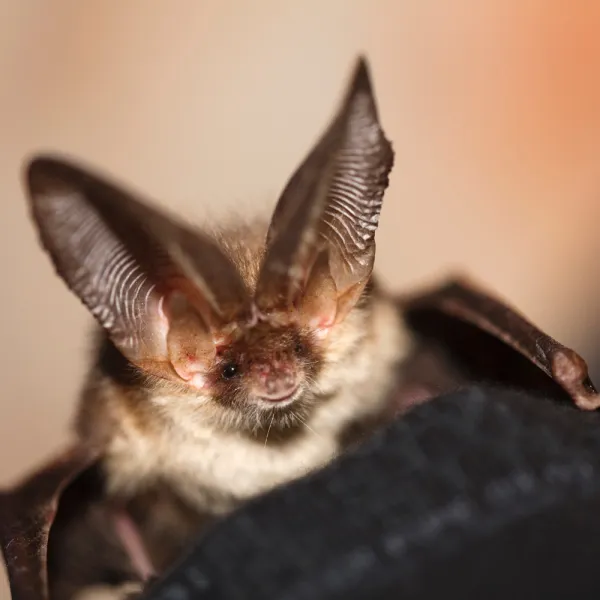
Silver-Haired Bat
(Lasionycteris Noctivagans)
Identified by its silver-tipped fur, this bat species is known for its solitary habits and preference for forested environments.
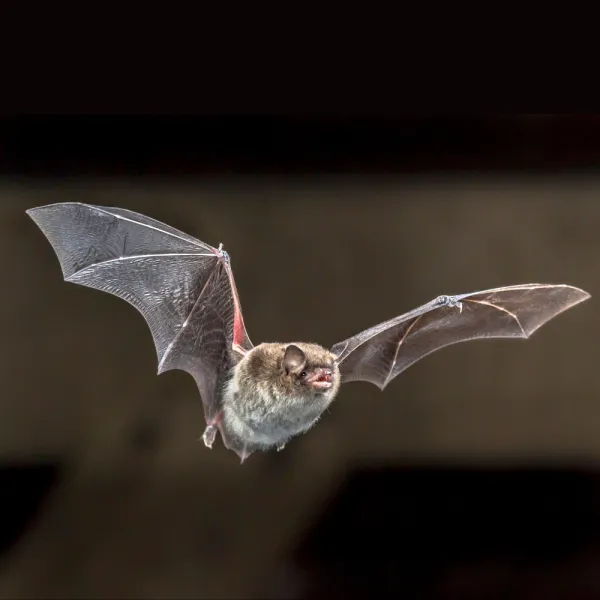
Southeastern Myotis
(Myotis Austroriparius)
This smaller bat species is native to the southeastern United States and is often found near water sources.
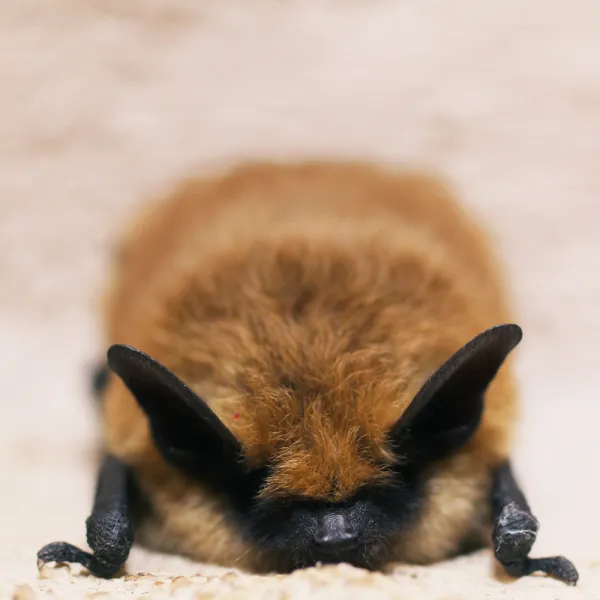
Tricolored Bat
(Perimyotis Subflavus)
Recognizable by its three-toned fur, the tricolored bat is found in various habitats, including forests and wetlands.
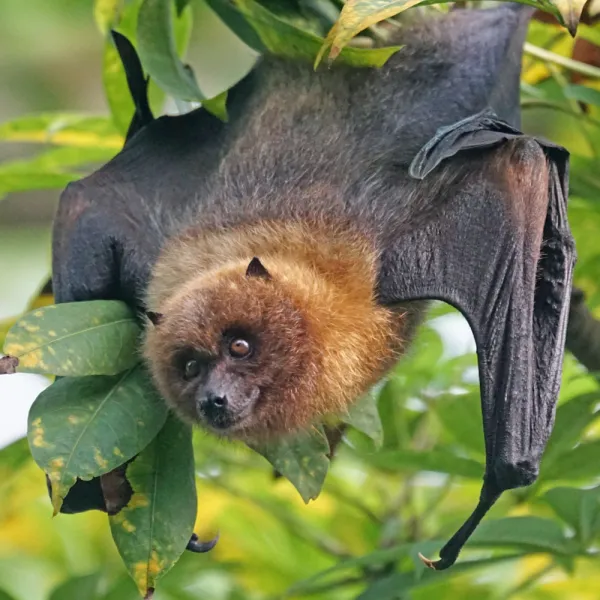
Bundle Packages Available!
Experience the value of Good Nature Pest Control's all-inclusive bundles, offering exceptional service and significant savings.
Don't miss the opportunity to explore our referral program! Get in touch with us today!
Decades
Of Experience
Dozens
Of Customer Service Awards
Thousands
of Online Reviews
Frequently Asked Questions
Q What types of bats are commonly found in the Southeastern United States?
Common species include the Brazilian free-tailed bat, Eastern red bat, and various other insect-eating bats.
Q Why are bats beneficial in the Southeast?
Bats contribute to natural pest control by consuming large quantities of insects, helping to maintain ecological balance.
Q Are bats in the Southeast harmful to humans?
Generally, bats are not harmful, but their presence in homes can lead to challenges; professional assistance ensures proper management.
Q How can I identify bat infestations in my home?
Signs include droppings (guano), squeaking sounds, and visible bat entry points; a professional inspection can confirm infestations.
Q Are bats protected, and how can I legally address bat issues?
Bats are protected species; Good Nature Pest Control follows legal and humane practices to manage bat presence responsibly.
Q What health risks do bats pose, and how can they be mitigated?
While bats themselves are not harmful, guano can pose health risks; professional removal ensures safe and thorough cleanup.
Q How can Good Nature Pest Control assist with bat-related issues?
We provide expert bat removal services, addressing infestations and implementing preventive measures to avoid future problems.
Q Can bats be relocated without harm?
Good Nature Pest Control employs humane methods to safely relocate bats, ensuring their well-being and preventing further conflicts.
Q What steps can homeowners take to prevent bat entry into homes?
Sealing entry points, maintaining screens, and addressing potential roosting sites can help prevent bats from entering homes.
Q How quickly can Good Nature Pest Control respond to bat-related concerns?
We prioritize prompt service, aiming to address bat issues swiftly and efficiently to minimize any potential disruptions for homeowners in the Southeast.

